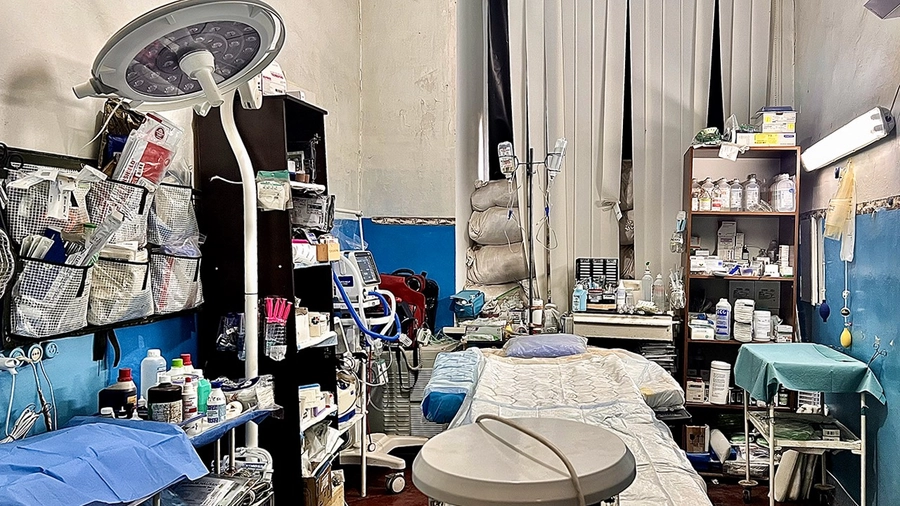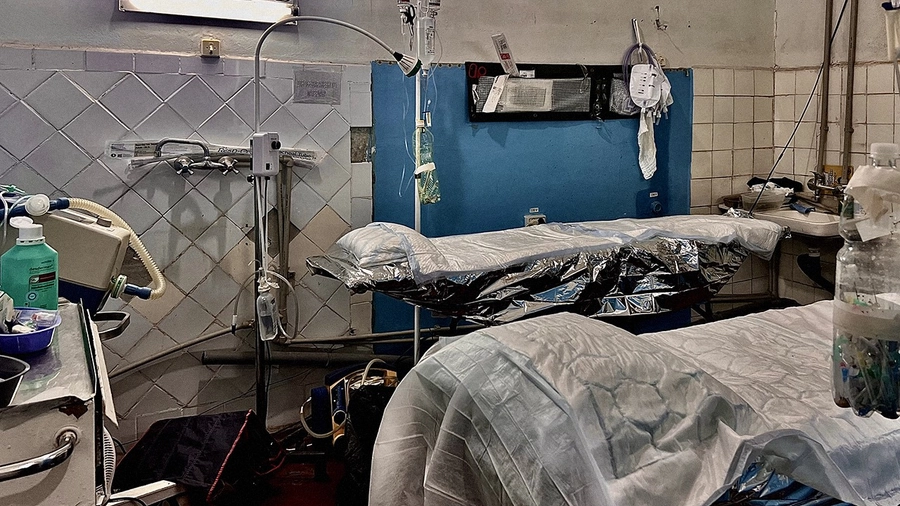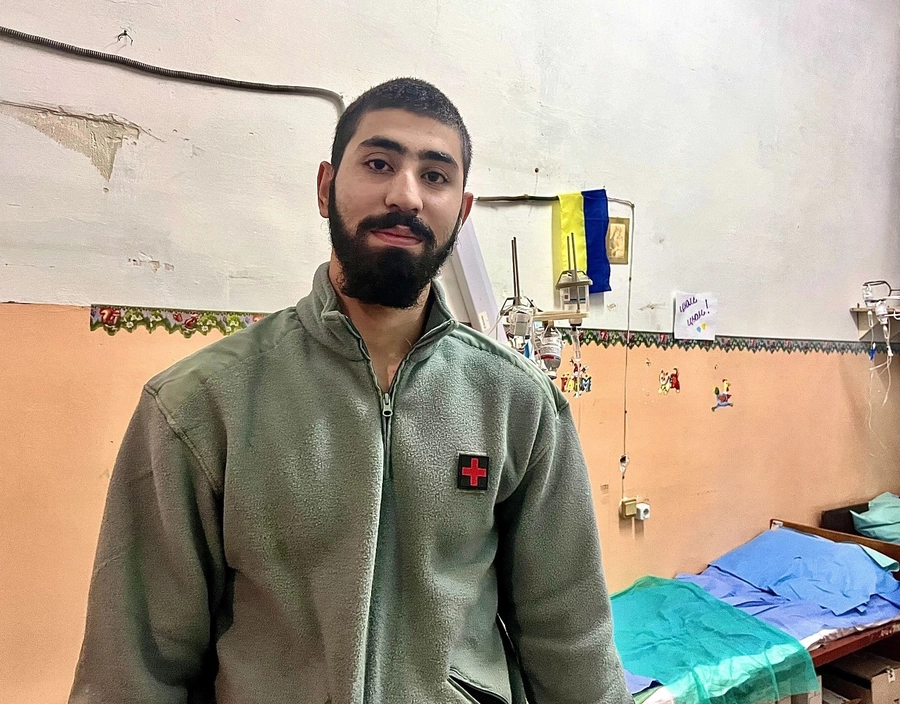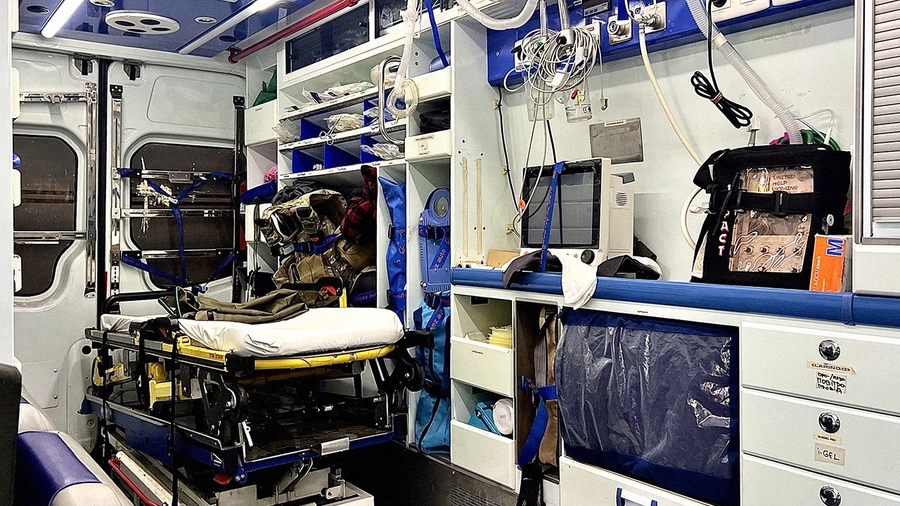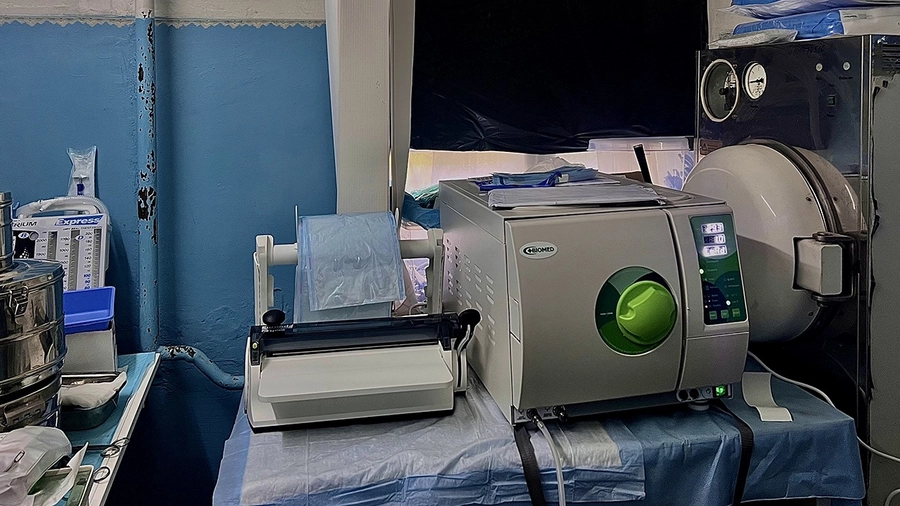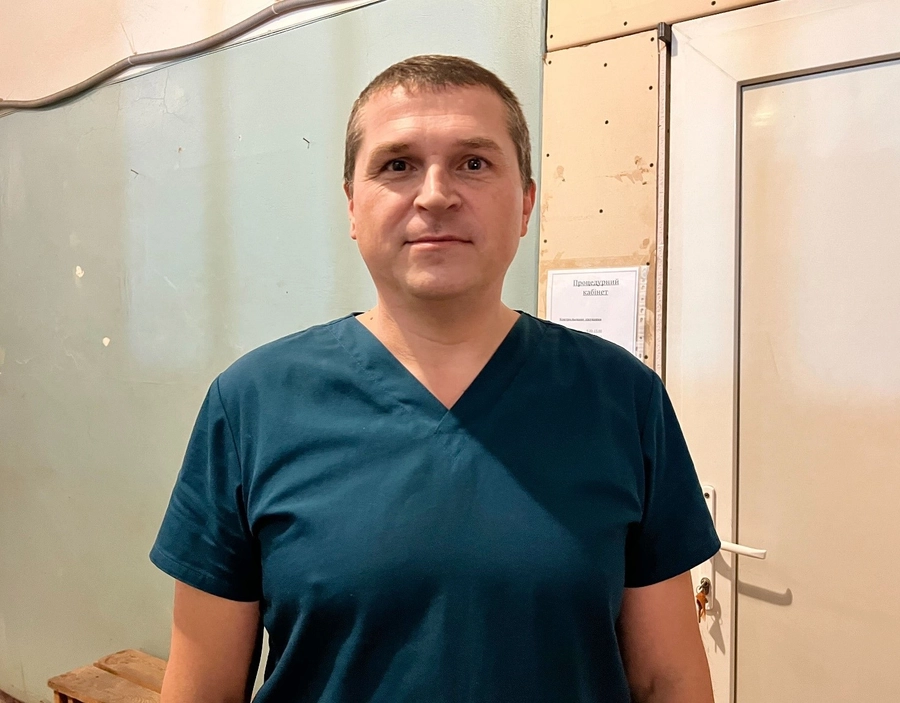As they’ve done throughout the history of armed conflict from the time of Napoleon onward, combat medics and doctors are playing a crucial role in the war in Ukraine.
An emergency doctor from Ukraine’s 3rd Separate Assault Brigade said that he evacuates an average of five wounded soldiers from the battlefield every day.
JOIN US ON TELEGRAM
Follow our coverage of the war on the @Kyivpost_official.
This is part of the price his brigade paid for its role in liberating the villages of Andriivka and Klishchiivka in the Donetsk Region in September and that it continues to pay as it pushes forward to Bakhmut against Russian occupation forces.
Knowing a person can die in seconds from blood loss, combat medics, at risk to themselves, rush to the wounded to stop the worst bleeding and get them out of the hot spot.
“The medic is the first target,” a combat medic of the Joint Assault Brigade of the National Police “Lyut” with the call sign “Kavkaz” said.
When a soldier is pulled out of the battle, they’re brought to a stabilization point where doctors and medics try to keep them alive long enough to make it to the hospital.
Operating room
“If you provide good assistance at the first stage, then in the future, treatment will be much easier, which reduces the number of complications,” said “Walter,” an evacuation driver/medic from the 3rd Separate Assault Brigade.
Kyiv Post visited one in the Bakhmut sector of the Donetsk Region. It is used by the 80th Separate Airborne Assault Brigade, the 3rd Separate Assault Brigade, the 22nd Separate Mechanized Brigade and the Joint Assault Brigade of the National Police “Lyut.”
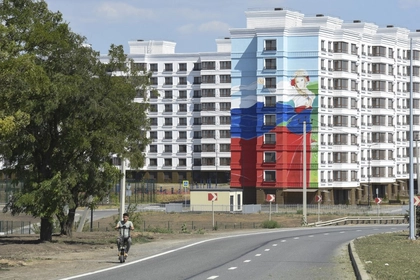
Moscow Imposes Russian Car Insurance in Occupied Ukraine by 2025
Rooms where stabilized fighters lie
Working on the battlefield
“Kavkaz,” has been working in the warzone for two months.
“At first, seeing what I was seeing was psychologically difficult. The first time I saw a (severe) wound, I was confused and fell into a daze. After that, I swore it would never happen again,” the 22-year-old said.
Kavkaz, combat medic of the Joint Assault Brigade of the National Police “Lyut”
Combat medics like Kavkaz work on the battlefield and are the first to provide first aid.
“If the wounded person is in the red zone, I can only put on a tourniquet and drag him to the yellow zone for further actions, which is more or less safe from shelling,” Kavkaz said.
The main thing for a combat medic is to stop heavy bleeding as quickly as possible, usually with a tourniquet or a pressure dressing – filling the wound cavity with special bandages.
A combat medic might perform other minor treatments, for example, inserting a hose into the oral cavity to help breathing.
Combat medics triage when more than one soldier has been wounded.
“When there are a lot of them, you can also get disoriented and physically not have the time to help everyone,” Kavkaz said.
One time, Kavkaz had four injured soldiers at once, which made evacuating them especially difficult.
Working in the evacuation vehicles
A crew drives an armored car to pick up wounded from the most dangerous areas.
It brings them to a rendezvous point where they’re switched to a medical evacuation vehicle and brought to the stabilization point. The medical evacuation vehicle’s crew includes a driver and two doctors.
The vehicle has artificial ventilation devices, equipment for blood transfusions, and other medical equipment.
Evacuation vehicle of the 3rd Separate Assault Brigade
“Sometimes we do two or three runs per shift, and sometimes 12,” Walter said. “The medical assistance provided is based on what happens at the front. For example, if our troops advance well, the enemy conducts counteractions and covers them with fire.”
An emergency doctor of the 3rd Separate Assault Brigade with the call sign “Dandy” said that on average about five wounded soldiers are evacuated per day.
“When there were firefights in Bakhmut, there was more work. But everything is very situational,” Dandy said.
With the onset of the counter-offensive, the nature of injuries has changed. In winter there were more injuries from bullets and debris. Now, more legs and feet are torn off because of landmines.
“And, of course, everyone has concussions. Unfortunately, since there are only a few of us at the front, it’s not possible to send off or treat soldiers for an extended period if they have a concussion. I have colleagues who, even with five concussions, continue to fight,” Kavkaz said.
Working at the stabilization point
At the stabilization point, anesthesiologists lessen the pain of the wounded or knock them out. Then the surgeons take over, aiming to make sure they survive their trip to the hospital, a journey that might take hours.
“This stabilization point has a great advantage in equipment. For example, there are X-rays that make it possible to effectively detect debris,” said Ulyana, a spokesperson for the 80th Brigade.
X-ray, which helps identify shrapnel and bullets
But not everything can be done at the stabilization point.
“For example, we can’t perform operations on the abdomen, even if there is a penetrating wound. Here we stop the bleeding, try to save limbs as much as possible, and drain lungs, if necessary,” said Yuri, a surgeon from the 80th Brigade.
Yurii, 80th Separate Air Assault Brigade surgeon
The work schedule depends on the number of wounded, and it is not uncommon for a team from the stabilization point to work through the night. Yuri, for instance, has had 12 wounded to care for all at the same time.
Dandy, who was a paramedic before the war, said that it hasn’t been so difficult for him to adjust, it’s just that the scale of things is larger and there’s the matter of the Russian shelling.
The point employs about twenty people who live and work together.
There are a variety of people, mostly volunteers – a cardiac surgeon, vascular surgeon, urologists, pediatric surgeons, anesthesiologists, and traumatologists from all over Ukraine – even a doctor from the national basketball team.
“Our company commander was one of the seven best cardiac surgeons in Europe in peaceful times. He used to do heart surgery. But here he is a junior lieutenant,” Walter said.
But when someone is wounded, workers at the stabilization point work together to the best of their abilities.
“Because everyone’s an adult and conscientious people understand what they came for,” Walter said.
After being stabilized, the wounded soldiers who survive are sent to different hospitals depending on their injuries. But of course, not everyone will make it beyond the stabilization point.
“It is most difficult to see young people die because you understand that their family expects that they’ll come home. But this is a war and there's nothing you can do about it. You just realize that tomorrow you can also die,” Walter said.
You can also highlight the text and press Ctrl + Enter



